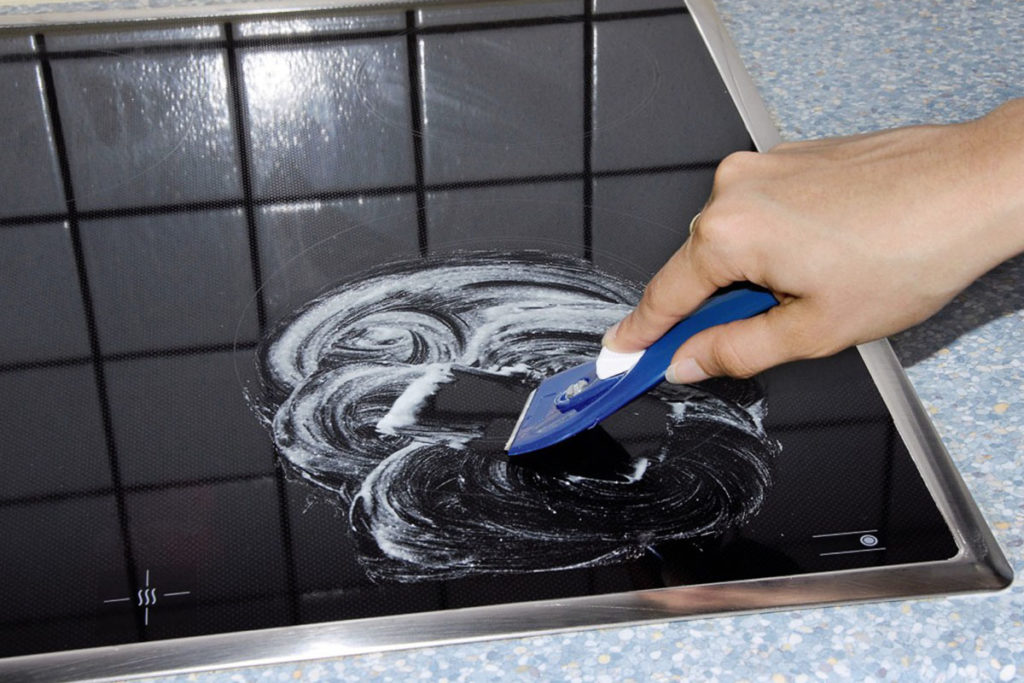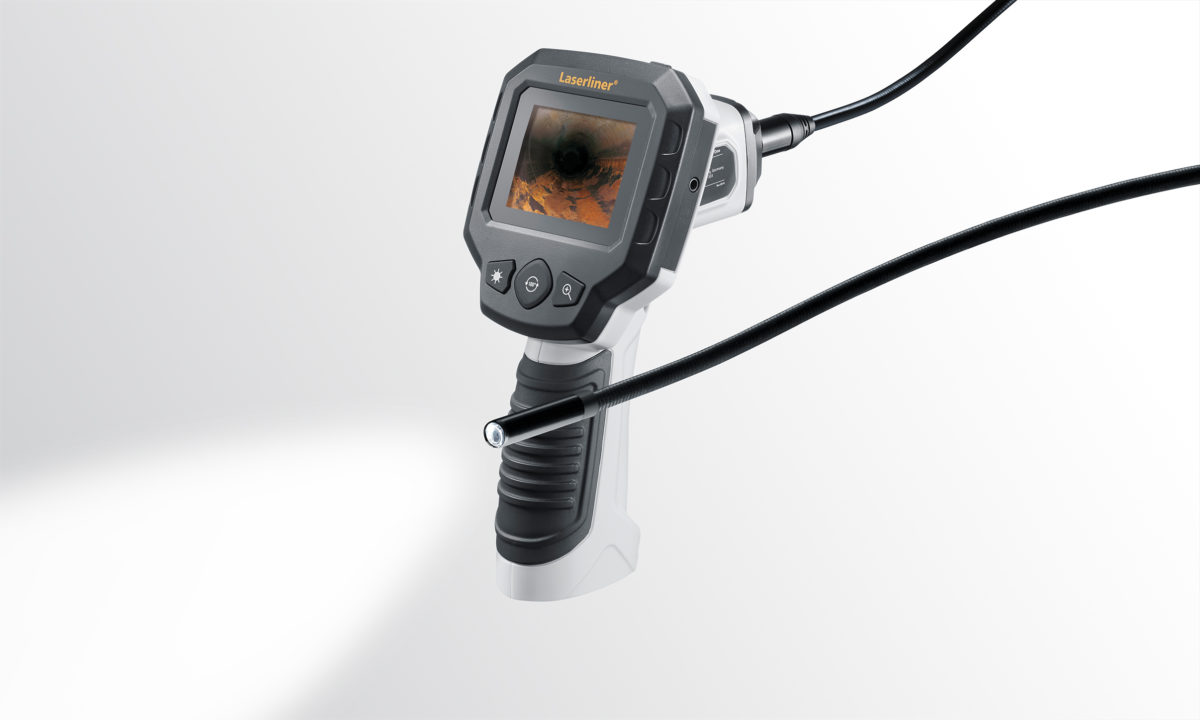Rating of the best dynamometers for 2024

Various areas of human activity or production require measuring the impact of physical force. This indicator can be measured using a device called a dynamometer. With its help, you can find out not only the force with which one object affects another, but also the strengthening. For the first time, such measurements were made using a balance. Later, a device appeared with a spring that stretched a certain distance depending on the weight of the object.
What is a dynamometer

Although this meter has several basic types, which differ slightly in their principle of operation. But still, they all have a similar structure and common basic elements.
To begin with, it should be noted that each device has its own base, which can also be called a case. This part of the meter can be made of plastic, wood, or any other material. The base is always marked with a scale according to which measurements are taken. There is also a steel spring. The spring should have a hook that can be used to secure the spring to the body.
What are the dynamometers

Modern devices for detecting the force of impact differ in their design and principle of operation. Therefore, they can be divided into three groups: mechanical, hydraulic and electrical.
So, mechanical measuring instruments, in turn, are of two types: lever and spring. In the first case, the applied force acts on the lever, thereby changing it. The degree of deformation is then recorded and this value will indicate the magnitude of the force. In the spring version of the dynamometer, the force will act on the spring. And here, depending on which direction the force has, the spring will be compressed or stretched. The magnitude of the impact force will be proportional to the changes in the spring.
In a hydraulic device, the force of action will force the fluid out of the cylinder. The amount of force will be determined by how much water has been displaced from the cylinder.
The electrical version of dynamometers consists of converters. One of the sensors converts the impact force into a signal, then transmits it to the second sensor. The second sensor, in turn, captures and records the received signal. As the first transducer, piezoelectric, inductive, strain gauge resistance sensors are used. As a result, the final indicator is formed on the basis that the deformation of the transducer is directly proportional to the strength of the sensor signal.
Dynamometer application
The scope of this measuring device is quite wide. Probably not everyone can imagine that it is often used for measurements in everyday life. For example, it is required to measure the compressive force of automatic systems. These include elevators, bus or subway doors, and car windows. This may seem like a useless exercise to many.But these automatic systems must comply with certain parameters and standards. Failure to do so can lead to injury and accidents.

Do not forget about the use of a dynamometer in construction. With its help, you can find out what operating conditions will be optimal for a particular design.
Do not forget about medicine. With this device, the doctor can monitor the patient's recovery process, observe his muscles and endurance. A hand device is very often used. It shows the forces of clenching and unclenching of the hand. This version of the meter is used not only in medicine, but also in organizations such as the Ministry of Emergency Situations, law enforcement agencies, military units, and the organization of combat sports.
Dynamometer selection criteria
Since this device has a wide range of applications, before buying a meter, you should know exactly for what purpose this model is intended. Each field of activity has specific requirements.
Pay attention to the functionality of the device and its modes of operation. Whether all the available functions will be necessary for you when using. Due to the large number of functions, the price can be significantly higher, and you may not need them at all. Does it make sense to overpay?
You should also look at the smallest and largest measurement limit and the permissible error. Medical dynamometers can be designed for different ages of people. And, therefore, if the device is intended for children and adolescents, then the maximum limit will be of little importance. If a medical meter is purchased for home use, it is better to consult a doctor before purchasing. With its help, it will be possible to select the optimal model that will meet the requirements.
If you decide to take an electronic model of a force meter, then pay attention to the way it is powered. Battery powered models can be used anywhere and taken on the road without having to worry about finding outlets. In such models, the self-power off function will be very useful, when the device automatically turns off after a certain time, when not in use.
The best dynamometers
DMER-120-0.5
With the help of such a model of an electronic device, you can learn the muscular strength of the arm. "DMER-120-0.5" is suitable for use in medical institutions, educational and sports organizations, for professional selection.
The principle of operation of such a device is based on the transformation of the force of the squeezing muscles of the arm when interacting with the device into a frequency signal of the sensor. After that, digital signal processing takes place, and the result is displayed on the LCD screen.

The limit of readings of "DMER-120-0.5" is 2-120 decanewtons. "DMER-120-0.5" has a permissible error of 2.5%. This model runs on three batteries. There is an automatic shutdown function, which is triggered after 1 minute if "DMER-120-0.5" is not used. If used correctly, the meter will last at least 6 years. This model has an operating temperature range from +10 to +40 degrees.
The size of "DMER-120-0.5" is 16 * 7 * 3 cm, and the weight is 250 grams. Power consumption is 0.007 W.
The average cost is 4200 rubles.
- Suitable for determining the muscle strength of the arms, both for an adult and a child;
- Suitable for use in medical institutions, sports organizations and schools;
- Long service life with correct operation;
- There is an automatic zero setting;
- Auto power off;
- The set includes a strap for wearing on the hand.
- The fixed value remains on the display for no more than 3 seconds.
DMER-30-0.5
This measuring instrument is designed to measure hand muscle strength in young children. A distinctive feature of this model is the reduced body, suitable for small hands. Of course, measurements can also be made with an adult device, but due to the larger size, errors may occur.By measuring the indicator of strength in children, you can adjust the amount of physical activity. "DMER-30-0.5" can be used in kindergartens, schools, medical institutions and sports clubs.
The largest measurement limit is 30 daN, and the smallest is 2 daN. The device converts the signal from the muscular strength of the arms using a sensor, and then displays the result on the display. "DMER-30-0.5" is powered by a CR-2032 battery. The size of the device is 11 * 6.5 * 2.5 cm, and the weight is 90 grams. It functions correctly in a temperature range of + 10- + 35 degrees.
The average cost is 4000 rubles.
- Designed specifically for kids;
- Can be used in kindergartens, schools and sports facilities;
- It has two modes of operation: normal and economical. In ECO mode, self-shutdown occurs after 1 minute of inactivity.
- Not.
DK-140
Such a mechanical strength meter is suitable for measuring the muscular strength of the hands of people of any age, regardless of the level of physical fitness. It is suitable for use both in medical organizations and sports clubs and health resorts.
The shell of this power meter is made of polyvinyl chloride plastic, and the power spring is made of steel, besides it has a nickel plating. The minimum measurement limit is 20 daN, and the maximum is 140 daN. The value of one division is 2 decanewtons. In this case, the limit of possible error is 4 decanewtons.

The size of "DK-140" is 14.5 * 5 * 2.5 cm, and its weight is 250 grams.
The average cost is 3500 rubles.
- Suitable for measuring arm muscle strength in people of any age;
- Used in medical institutions and sports organizations;
- Small size and light weight.
- The error can be up to 4 daN.
MEGEON 34090
This model of electronic power meter is widely used in medical and sports facilities, as well as in mountaineering. With the help of "MEGEON 34090" you can easily and quickly determine the force of squeezing a human hand. A distinctive feature of this model is its high accuracy and minimum measurement error.
The maximum measurement limit for "MEGEON 34090" is 90 kg. After measurements, the result will be displayed on the LCD of the device. Also, this model can save the maximum obtained result and has an integrated memory that allows you to save the obtained measurements. This model of dynamometer operates on two batteries, in case of prolonged inactivity there is a self-shutdown function.
The size of "MEGEON 34090" is 19.6 * 13.1 * 3.6 cm, and the weight is 363 grams. In this case, the display size is 21 mm. operation in a temperature range from 0 to +35 degrees is possible.
The average cost is 3000 rubles.
- High measurement accuracy;
- The error does not exceed 100 grams;
- There is an integrated memory for storing measurement results;
- There is a self-shutdown function;
- Convenient use;
- Positive reviews.
- Not found.

DES-300D
This version of the power meter is focused on obtaining data on the strength of the extensor muscles of the back and determining the strength and performance of the back muscles. Such bench meters are used in orthopedic offices and centers to determine the load during therapeutic exercises, in sports organizations to determine the capabilities of an athlete, as well as in institutions where physical labor is used to determine a person's performance, and in addition, in various laboratories where scientific -research activity.
The design of this model has a retractable tape that will fit any height of the person under study. It is also worth noting that the handles are ergonomically shaped and rubberized. Thanks to this, they are comfortable to hold in your hands and will not cause slipping during manipulations. "DES-300D" can work autonomously using batteries. This function makes it possible to use the device, both in the field and in the event of a power outage.Due to its compact size, "DES-300D" is convenient to transport and store. This model is designed in such a way that it can be wiped off with a damp cloth and disinfectants can be used. Such wet cleaning will not harm the device.
The minimum measurement limit is 20 daN, and the maximum is 300 daN. Measurement data will be automatically displayed on the screen, and the maximum value will be recorded. The fixed value will be visible for 20 seconds. The measurement error does not exceed 2.5%.
The size of "DES-300D" is 58.5 * 39 * 19 cm, and weight - 7.6 kg. To operate the device, you need 3 finger batteries.
The average cost is 18,000 rubles.
- Suitable for any height;
- Comfortable handle;
- Works independently of the electrical network;
- Small measurement error;
- Long fixation of the obtained readings;
- Small dimensions are optimal for transportation and storage.
- Not.
DES-500
Such a back dynamometer is suitable for determining the value of the strength and performance of the back muscles. This measurement is necessary to measure the physical capabilities of the trunk muscles and determine their condition. This model is intended for use in medical organizations, medical gymnastics and physical education rooms, as well as in sports organizations to control the condition of athletes.
The power-sensing part of the "DES-500" is made in the form of a ring, special elements are attached to it, which transmit the measured forces. The principle of operation of this dynamometer is based on the elastic deformation of the force-receiving part.
The minimum measurement threshold is 50 daN, and the maximum is 500 daN. One scale division is 5 daN. There may be a measurement error that does not exceed 3%. The device can be operated in the temperature range from +15 to +35 degrees, humidity should not exceed 80%. If the operating rules are observed, the DES-500 will last at least 5 years.
The spring of this model is made of steel and has a nickel plating. The body is made of lacquered simulin.
The size of "DES-500" is 25.7 * 25.7 * 72.5 cm, and the weight is 5.5 kg.
The average cost is 16,000 rubles.
- Fixed and non-fixed readings can be obtained;
- It is possible to observe the measured forces using a special mirror;
- Reliable construction;
- Accurate measurements;
- The low weight of the device ensures easy transportation.
- Not suitable for use at temperatures below +15 degrees.

Conclusion
Hand-held dynamometers are considered to be especially popular meters. Their presence is mandatory both in schools, sports clubs, and in medical institutions. Strength testing will help prevent overuse injuries. Such checks must also be carried out among company employees, where the manifestation of physical strength is necessary. In hospitals, medical staff will be able to assess the patient's recovery from an injury. It is also important that children measure their power indicators on special children's devices in order to avoid errors.
When choosing between electronic and mechanical models, it is better to give preference to the first option. Since all models are in the same price range, the electronic device gives out less error. And if such a device is used at home, then it is possible to observe the dynamics, storing the results in the integrated memory.
new entries
Categories
Useful
Popular articles
-

Top rating of the best and inexpensive scooters up to 50 cubic meters in 2024
Views: 97661 -

Rating of the best materials for noise insulation for an apartment in 2024
Views: 95022 -

Rating of cheap analogues of expensive drugs for flu and colds for 2024
Views: 91751 -

Best Men's Running Shoes in 2024
Views: 87681 -

Top ranking of the best smartwatches 2024 - price-quality
Views: 85091 -

Best Complex Vitamins in 2024
Views: 84801 -

The best dye for gray hair - 2024 top ranking
Views: 82406 -

Rating of the best wood paints for interior use in 2024
Views: 77202 -

Ranking of the best action cameras from China in 2024
Views: 75269 -

Rating of the best spinning reels in 2024
Views: 74827 -

The most effective calcium supplements for adults and children in 2024
Views: 72462 -

Top rating of the best means for male potency in 2024 with a description
Views: 68296









